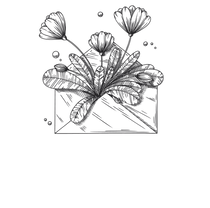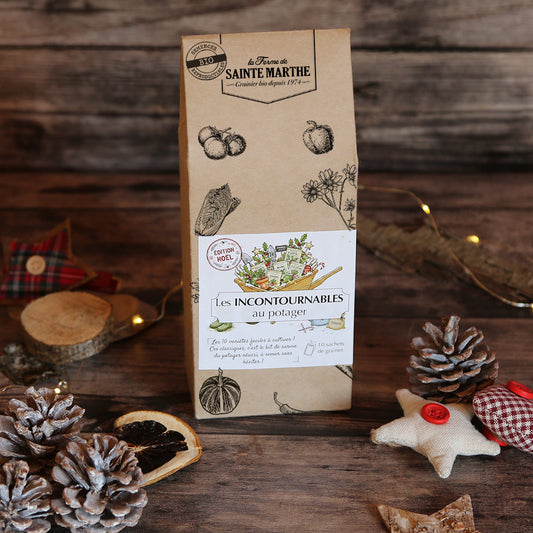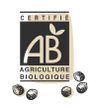The products
of the moment
Our advice
in the garden
Do you make
pleasure

Offer a gift card
Want to treat your loved ones? Offer a gift card worth between €20 and €200.
I order my gift cardDiscover the Farm
Join the family
passionate gardeners
#fermedesaintemarthe
























